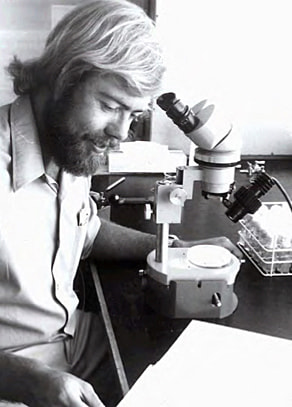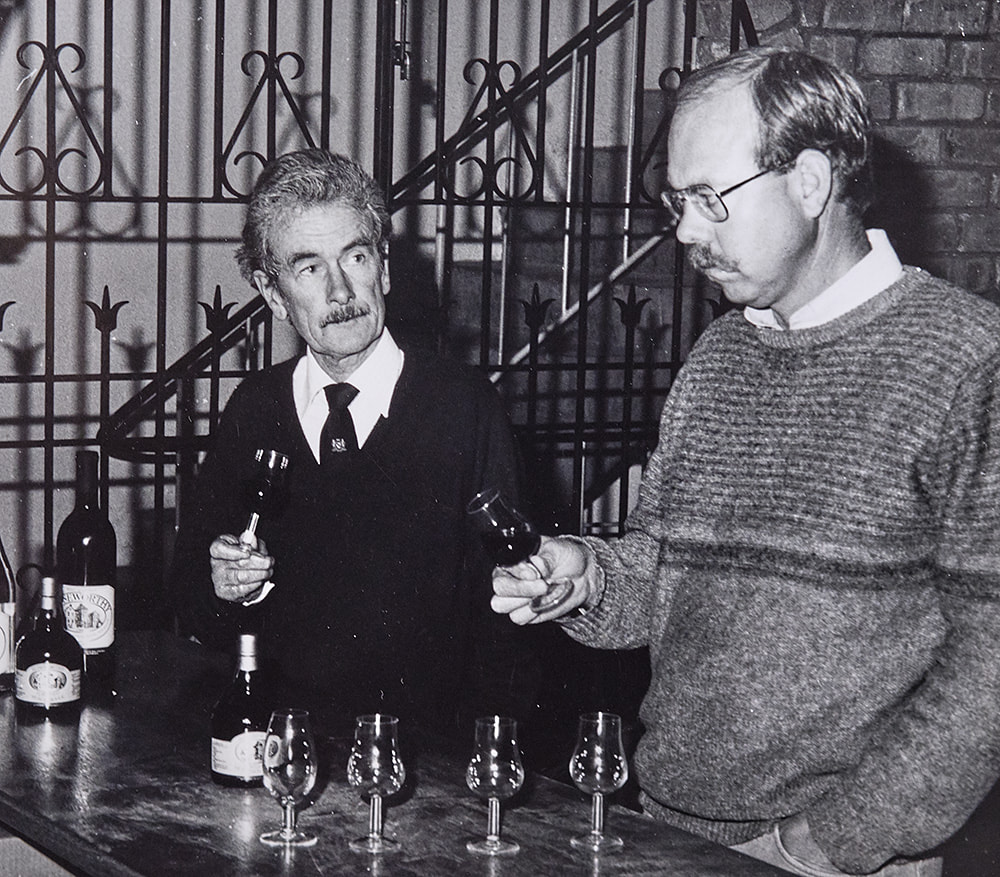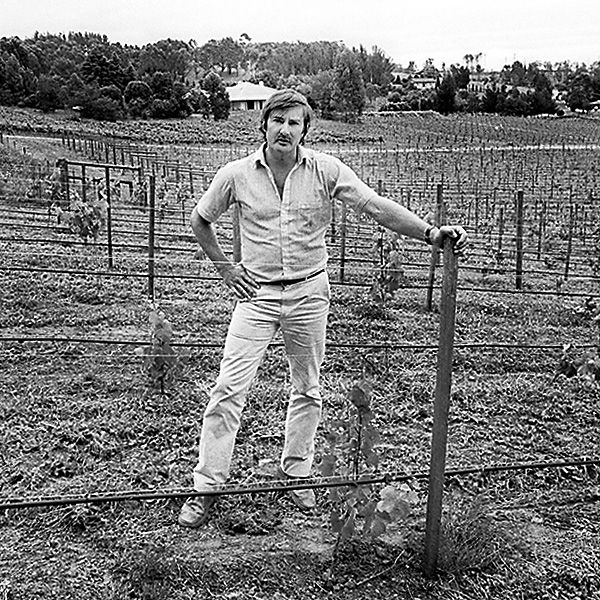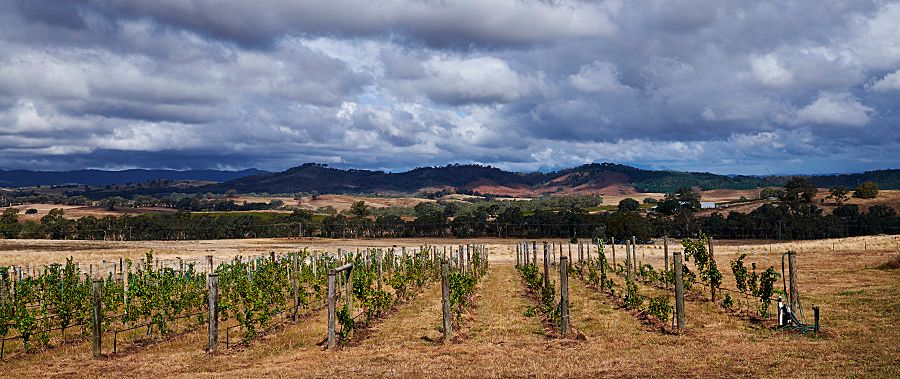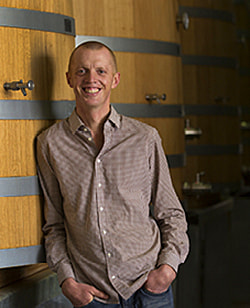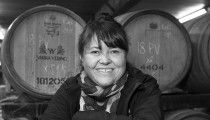Yarra Yering was established in the Yarra Valley by Dr…
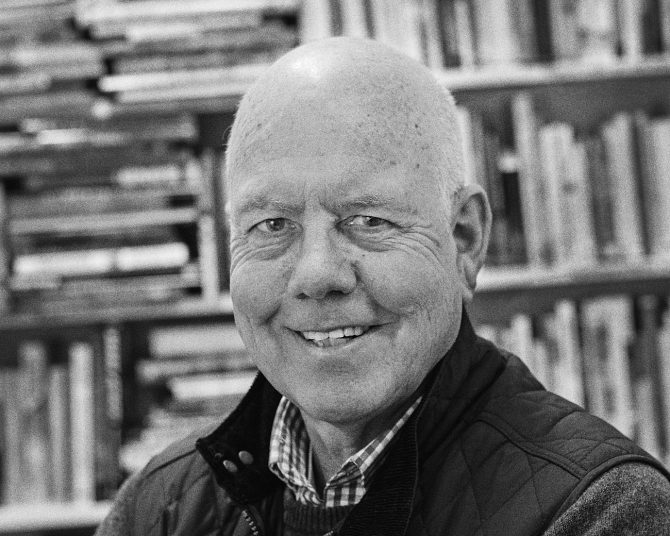
Dr Peter Dry AM : Scientist and Teacher
Dr Peter Dry has more than 45 years of experience as a viticultural scientist and teacher.
He recently received one of Australia’s highest accolades, being named as Member of the Order of Australia (AM) in this year’s Queen’s birthday honours, for significant service to viticulture, particularly to winegrape research.
In 2014 he received the McWilliams Wines Maurice O’Shea Award, one of the wine industry’s highest honours, .
There are few viticulturists and winemakers in the Australian wine industry whose careers have not been touched in some way by his work.
I was surprised to learn how many well known winemakers started their career in wine studying Ag Science : people like, Brian Croser , John Duval, Pam Dunsford, Bill Hardy and Geoff Weaver to name a few.
Peter also contributed to the new book ‘Australian Wine: styles and tastes, people and places’ with friends of mine, Patrick Iland, Peter Gago AC and Andrew Caillard.
As WBM’s Anthony Madigan commented,
“It’s the Wendouree of wine books – beautiful in its own quirky way with unfashionable charm and character. Every page is an adventure – like exploring a secondhand shop for bits of gold. It has what Instagram lacks: substance. The book was not printed in China but in a small workshop in Adelaide’s west”.
Dr Peter Dry’s research has been wide-ranging, he is perhaps best known for the development of the partial rootzone drying (PRD) irrigation strategy in 2001, this was named as one of the 100 most-important technological innovations of the 20th century in Australia by the Australian Academy of Technological Sciences and Engineering.
I mentioned I had done an interview with Peter to Xavier Bizot who together with wife Lucy are ‘Terre a Terre’ wines, he replied
“Best teacher I ever had “, says it all really..
Your early life ?
I grew up in Clarence Gardens, an Adelaide suburb, Dad was a supervising technician with Telecom and I have 3 younger brothers.
Like many women of her generation my Mum was forced to retire once married, but she was a wonderful wife and mother, very supportive of our education and sporting activities.
I was always really interested in the science subjects at Marion High school and so I thought I’d do a science degree but then I thought, no, I’ll do something that’s a bit more applied.
I had a few relatives who had farms so I decided Ag science was the way to go.
We grew up as Methodists.
In those days, as you’d know, drinking alcohol was just not done in the Methodist faith, so I had simply no interest or knowledge of wine.
Early studies and Brian Coombe ?
The topic of my final year project in Horticultural Science was suggested by Dr Brian Coombe.
He became the most important mentor of my whole career; we even did a few books together. Brian was Reader in Plant Physiology (equivalent to an Associate Professor).
He said, “Why don’t you do a project on developing a vine improvement program for South Australia.” This included importation of new varieties, clonal selection and breeding, not that we did much breeding here then.
So I did and that got me hooked on viticulture.
Perhaps there was also “genetic memory” because after I’d been in viticulture for about 15 years, I discovered that one of my great great grandfathers Joachim Zerk was a grapegrower in the Barossa.
He planted a block of Shiraz in 1887 which is still there today, owned by my Haese cousins.
I think that the fruit still goes into the Grant Burge ‘Meshach’.
As a result of my project I realised I knew a lot about grape varieties, but I didn’t know anything about wine.
I knew all the regions because I had done the research, much of it in the old AWRI library which was great because they had a lot of references there and it was quiet, so that’s how I got into it.

Peter with Brian Combe and Professor of Horticulture Science Margaret Sedgley at the official naming ceremony of the Coombe Vineyard, Waite Campus circa 2000.
I started doing an external Masters with Brian Coombe as supervisor when I was working at Roseworthy.
He asked me to join with him to co-edit Viticulture Volume I and Volume II (published in 1988 and 1992 respectively). I also wrote several chapters in e
When we revised and expanded Viti Volume I (2004), I took the lead.
We did quite a few papers together and, yeah, we had a very close relationship
Your association with the AWRI ?
It goes back 50 years to 1969 when I used the AWRI library.
I remember Bryce Rankine would come in and have a chat.
He would say,
“what are you doing in our library ?” and I would tell him and he would say,
“Oh, that’s good, none of the other students ever use it.”
It was a tiny little library, nothing like it is now.
I decided, for various reasons, to retire from the University in 2008. I liked most aspects of the job but I didn’t like the administration.
I got a call from Sakkie Pretorius, the Managing Director of the AWRI at the time, he’d heard about me retiring and asked me to come and have a chat.
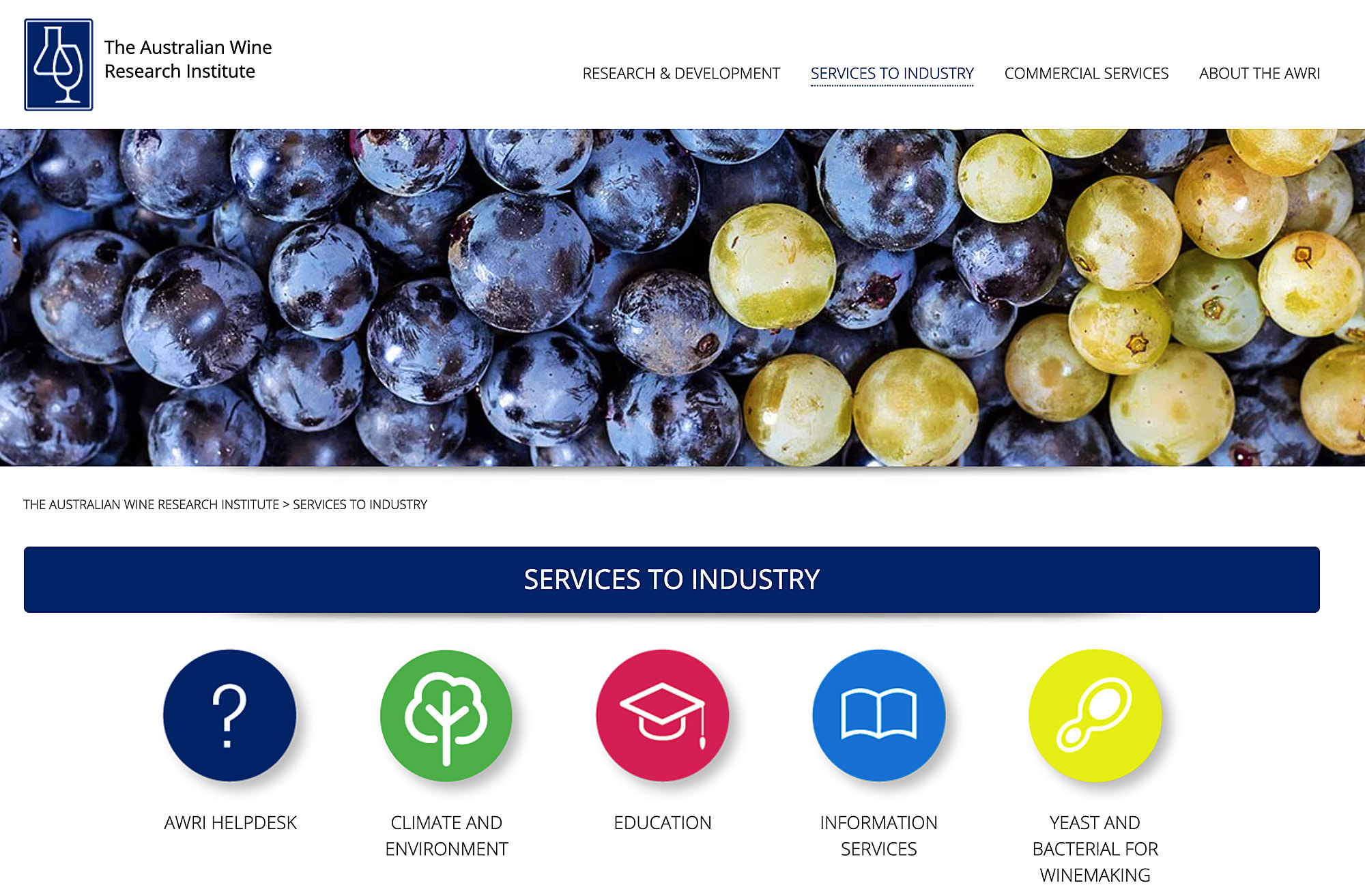
AWRI : web site.
When we met I said, “What do you want me to do?” And he said, “We’ll find something.”
So I worked at the AWRI part-time from 2008 to 2014 where I was part of a team that provided information by means of articles, roadshows, workshops, webcasts etc.
We developed programs in alternative varieties, nutrition, pests and disease control and sustainable viticulture.
I am most grateful for this experience.
Your PhD ?
The finished title was ‘Grapevine Response to Partial Drying of the Root System’.
I commenced just before I relocated here to the Waite Campus, so I was a candidate from1991 to 1996 as I recall.
I had to do it part-time, because I had a full teaching load and managing a CRCV1 program on canopy management as well co-supervising several postgrads.
Family ?
My wife Chris has been a huge supporter during my career.
She had a very successful career as an OR nurse and then manager of a national medical equipment company.
We have three sons.
Ben, our eldest is an IT specialist who now works as an agile consultant.
Then Matt, he’s a Senior Lecturer in Psychology at Adelaide Uni, and then there’s our youngest Nick. He is a viticulturist and nursery manager at Yalumba.
When he was in year 12, we thought he was going to do something like pharmacy at Uni.
He was a bit guarded about his choices. Eventually, he told us that he had applied to do the Viticulture degree at Adelaide.
We weren’t too surprised because we lived in Germany in 1993 and he came with us.
I was doing a sabbatical at Geilweilerhof, a Federal Research Institute for Grapevine Breeding.
I collaborated there with a friend Helmut Duering who I’d met when he was on a sabbatical here at CSIRO working with Brian Loveys, my PhD supervisor and a great collaborator to whom I owe much.
We had a great time in Germany and Nick got to visit some of the best wine regions in Europe during our time.
I‘m sure that’s where he got the viticulture bug.
Nick’s wife Clare, is a winemaker at Wolf Blass. She was also one of my students, so it’s great to have her in the family, she’s making some very fine wine. We’re now experiencing the joy of grandkids: we have seven.
Whilst on the subject of family, I should also mention that my youngest brother Ian has worked on grapevine breeding at CSIRO at the Waite for many years (his pathway was via a PhD in plant biochemistry).
There have been occasions when Nick, Ian and I have been speakers at the same seminar or conference.
Dr Richard Smart, site selection and Beechworth ?
Back when I was an undergraduate student I became interested in site selection.
My assumption was that when we were introducing new varieties to Australia we should consider that if variety X comes from this particular climate in Europe then it would make sense to look at a similar climate here in Australia.
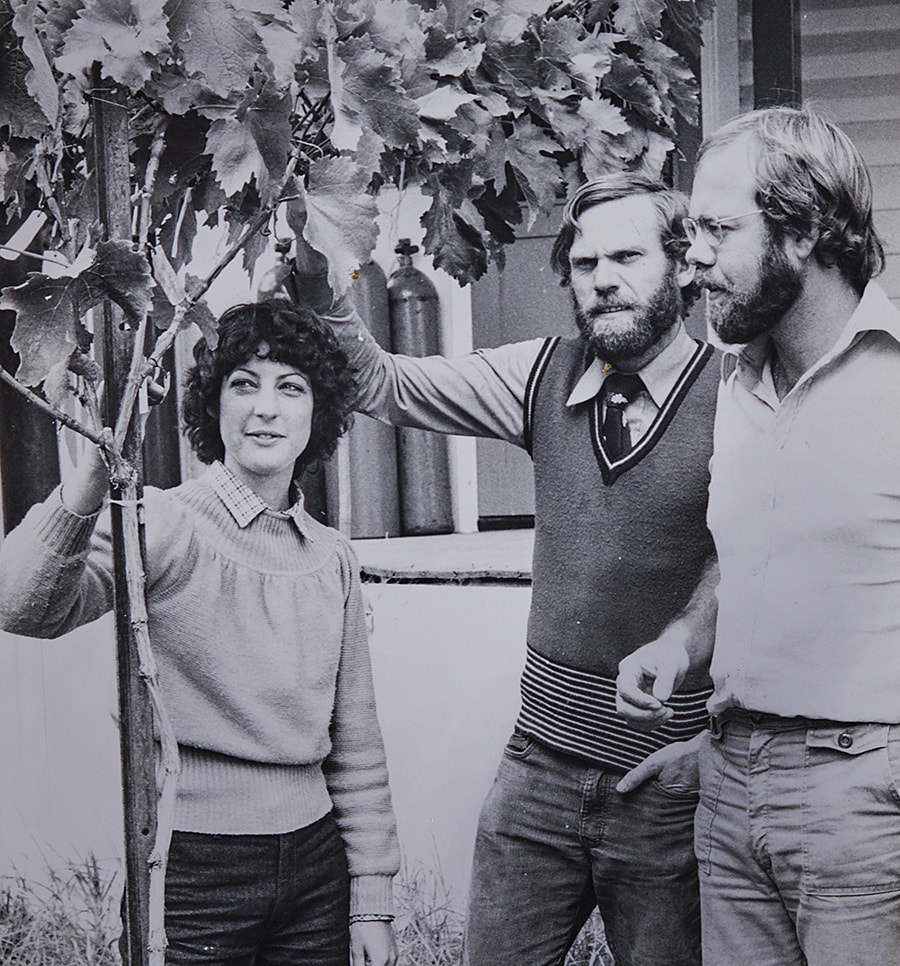
Peter with Pru Henschke and Dr Richard Smart looking at a vine grafted to 4 different scion varieties in front of Viticulture office, Roseworthy Ag College in the late 1970s.
When I got together with Richard, because of his expertise, we started doing a lot of climate analysis.
Homoclime analysis has proved to be useful but we came to realise that some varieties, like Chardonnay, are very adaptable, “plastic” we might say – so even though Chardonnay might come from Burgundy and Champagne, it actually does quite well under hot conditions.
So while some varieties are quite plastic other varieties are much fussier about where they grow for example Pinot Noir and Nebbiolo.
We were doing work in the Adelaide Hills and at that stage there were no vineyards in the Hills apart from one or two small growers.
One of them used to sell fruit to Roseworthy in the mid 1970s when I started working there as a Lecturer in Viticulture.
Later in the 1970s Brian Croser started planting at Piccadilly.
So Richard and I thought, “Well what great potential, all of this good land, good water, a good cool climate region.”
That combined with the site selection workshop that we ran at Roseworthy, at the end of 1999.
We had a lot of people come to it … like Tim Knappstein and the Henschke’s.
Subsequently they bought land in and around Lenswood. I’m sure that their decision to buy land up there was somewhat influenced by that site selection workshop.
At one stage we were looking for homoclimes of Bordeaux in Australia.
Beechworth was one based on climatic data – but actually it was a false assumption because when we went there we discovered there was a large tree shading the weather station.
I also did another study in the mid-1980s looking for homoclimes of Champagne in Australia.
The Adelaide Hills came out really strongly, as did Tasmania.
New England and other parts of the Great Dividing Range looked good in many respects but they have a high frost risk.
Climate Change ?
I have been interested in this topic for a long time. In fact, I published the first paper on potential impact of climate change on Australian viticulture in 1988.

Chris Mercer’s piece in Decanter.
So I certainly believe that it is happening.
Even the conservative Europeans have become concerned about the future of their iconic regions.
I saw the other day in Decanter Magazine that they were planning to permit seven new grape varieties in Bordeaux.
France’s national appellation authority, INAO, must still give final approval to the plan, but it is a potentially groundbreaking move to combat the effects of climate change.
The seven varieties include Marselan and Portuguese favourite Touriga Nacional, plus the lesser known Castets and Arinarnoa, which is a cross between Tannat and Cabernet Sauvignon.
For white wines, the new grapes are Alvarinho, Petit Manseng and Liliorila. Decanter’s Bordeaux expert, Jane Anson, said the plan should be a ‘wake-up call’ on climate change for the wider industry.
We have been leaders in this approach in Australia.
Alternative Varieties ?
In the Barossa, people such as Damian Tscharke have been evaluating Spanish, Italian, and Portuguese varieties for nearly two decades.
He and others are certainly planting many varieties other than Shiraz.
I think he’s a very talented viticulturist and winemaker. There are a many others around who are doing the same sort of thing.
In the Riverland Ashley Ratcliff of Ricca Terra is a great role model.
What he and his wife Holly have done at Barmera is great.
They have bought vineyards there, planted many Italian and Portuguese varieties, have two different wine labels, and are selling fruit to many wineries in different regions of Australia. Riverland fruit going to Adelaide Hills, Yarra Valley, Coonawarra etc, it’s fantastic.
What would I plant?
It depends on the region but let’s say McLaren Vale. I’d certainly be planting Fiano. I think, Fiano is going to be one of the really important whites in the future.
Vermentino maybe, it’s a bit too neutral in some ways but it’s got good acidity and it does well in the Riverland.
I’d like to see more Greco because I think the wines are great but it’s a challenge to grow.
The only two I know are Sellicks Hill and Beach Road, and Beach Road’s is grown in Langhorne Creek.
For the reds I like Aglianico, Lagrein, Montepulciano, Nero d’Avola to mention a few.
You’ve been awarded the McWilliams Wines Maurice O’Shea Award in 2014, and now are a Member of the Order of Australia (AM) for significant service to viticulture, particularly to wine-grape research.
To be awarded the Maurice O’Shea award as a viticulturist was a real honour… the only other one has been John Gladstones from WA. The Order of Australia award was quite a surprise and also a huge honour.
Do you see yourself as a teacher, communicator, researcher or viticulturist ?
I am happy to say all of these.
I have been a tertiary teacher for 44 years and still enjoy the interaction with students. I am proud of the achievements of our former students at RAC and UA. It gives me great pleasure to maintain my links with my many of them.
During my time at the AWRI, there were up to 12 of my former undergrad/postgrad students on the staff and up to 3 on the Board.
How good is that?
My research has covered many different topics over the years, mostly on the grapevine and I have been fortunate to have worked with many great collaborators.
Research has included grapevine diseases, particularly downy mildew; top-grafting techniques; the discovery of the link between Primary Bud Necrosis and low productivity in Shiraz; root pruning for control of shoot vigour; canopy management, particularly the negative effect of overexposure of bunches in a hot and sunny climate; and reproductive biology including development of techniques to improve fruit set.
The partial rootzone drying (PRD) irrigation strategy developed from my PhD research.
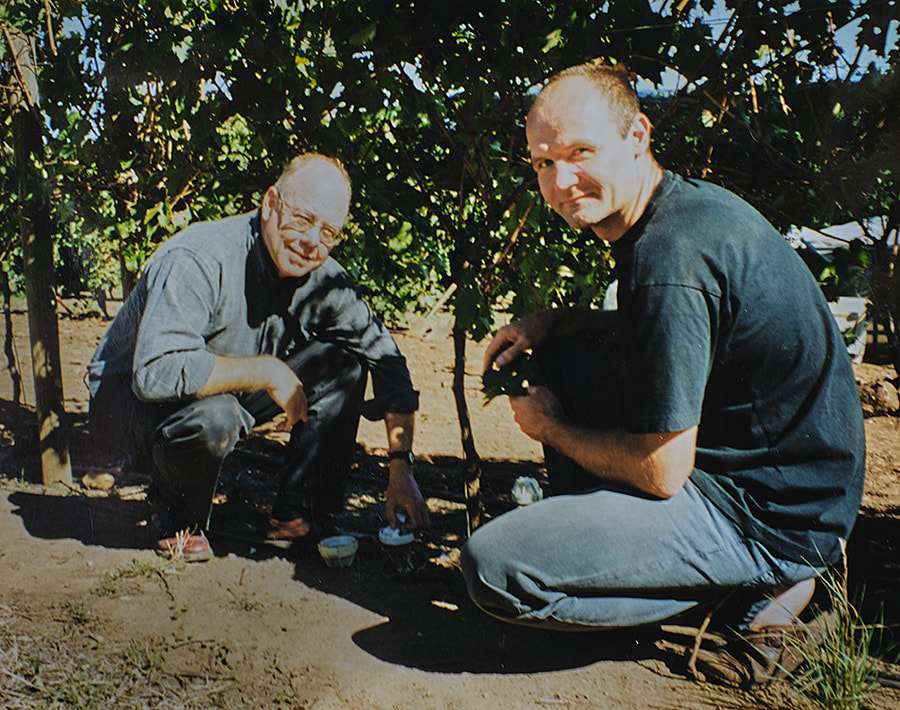
Peter with Manfred Stoll then PhD candidate (now Professor of Viticulture at Geisenheim), checking out a partial rootzone drying experiment, Waite Campus, late 1990s.
In a nutshell it involves irrigation of approximately half of the root system at one time while the other half is allowed to dry out, with alternation of dry and wet zones.
PRD offers the ability to better control the water relations of a crop, compared to conventional deficit irrigation strategies.
Although PRD has not yet been widely adopted for commercial use, it has been the subject of much research for the past 2 decades: for example, from 2004 to 2014 there were more than 120 papers in scientific journals covering 14 different crops including grapevine, tree fruits, tomato, potato, maize, and cotton.
Most reported a positive response to PRD. The PRD irrigation strategy was named as one of the ‘100 most-important technological innovations of the 20th century in Australia’ by the Australian Academy of Technological Sciences and Engineering in 2001.
Retired and what now ?
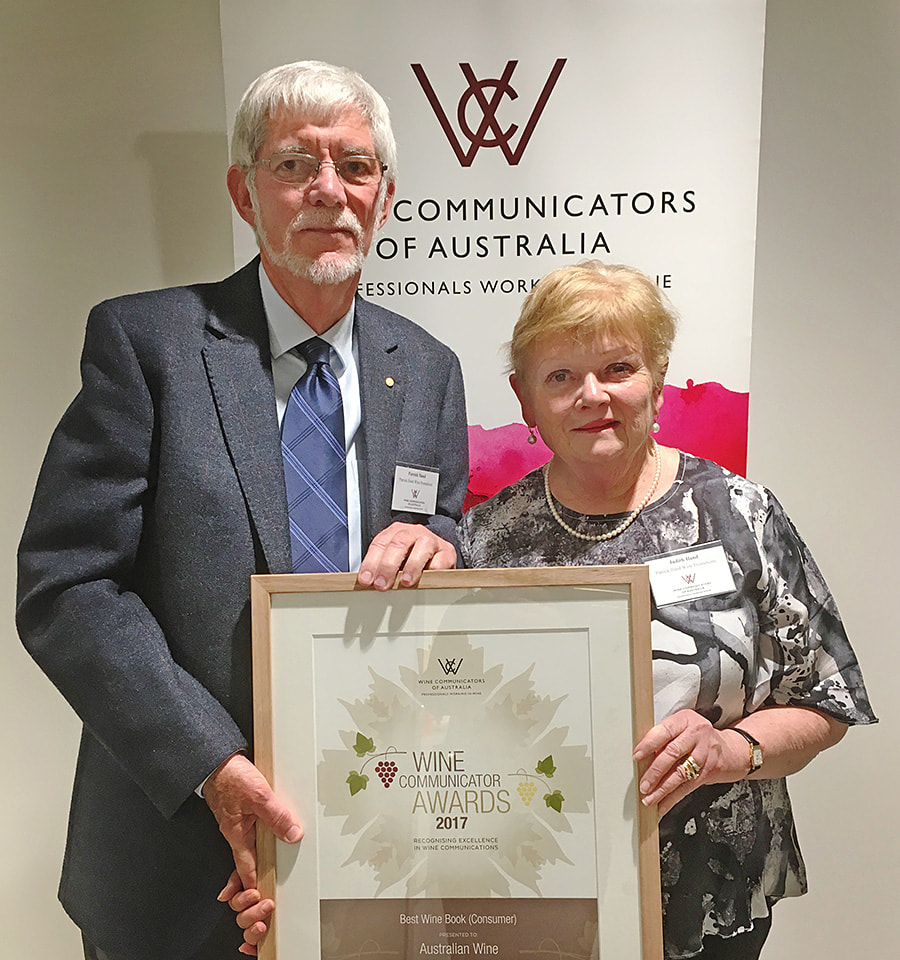
Peter worked on the ‘Australian Wine: styles and tastes, people and places’ book with Patrick and Judith Iland. The was awarded the WCA award for ‘Australia’s Best Wine Book’ in 2017.
I have had an emeritus role at both Adelaide Uni (since 2008) and AWRI (since 2014) so I give guest lecturers, co-supervise postgrad students, do the viticulture section of the AWRI Technical Review and occasionally do workshops on alternative varieties and edit conference proceedings.
Also, I have written a column on alternative varieties for the Wine and Viticulture Journal since 2011.
Since retirement from the Uni, I have co-authored 3 books with Patrick Iland (bringing my total to 7).
Patrick has been both colleague and friend for more than 40 years and I greatly value our association.
Mitcham Rotary Club President ?
I was in Apex (a service club) for many years when I was younger.
When I retired, I decided it would be good to join Rotary because it’s such a great organization, making a difference in the world.
The fact that Mitcham Rotary Club has a second-hand bookshop was the carrot for me.
I’m an avid reader so it’s been great.
I volunteer there every Thursday afternoon (598 Goodwood Road). I am the club president for 2019/20 so that keeps me busy.
I have also played lawn bowls since 2008 for Clarence Gardens, also my late father’s club.

Retirement also gives Peter a bit more time for Lawn Bowls : Clarence Gardens 2014 Singles Champion.
We enjoy travel and since 2006 have had at least one overseas trip each year. Our next one is to India, Sri Lanka and the Maldives.
Favourite wine style ?
A journalist rang me recently for an interview in the local Messenger newspaper.
She asked, “What’s your favourite wine?” And I said, “Oh, the one I’m drinking at the time.”
And she said,
“Well I don’t think my editor will like that.” Anyway, she pressed me and I said, “Oh, well, Barossa Shiraz.”
Probably because of my heritage but also, that’s what I started with.
I probably like red wines more than anything else. I’m happy to drink good Shiraz and Cab, but I really like trying something a bit different, something alternative.
ENDS.
Production, interview & photography : Milton Wordley
Transcript : Libbi Curnow
Edit : Anne-Marie Shin
Website guru : Simon Perrin Version Design












